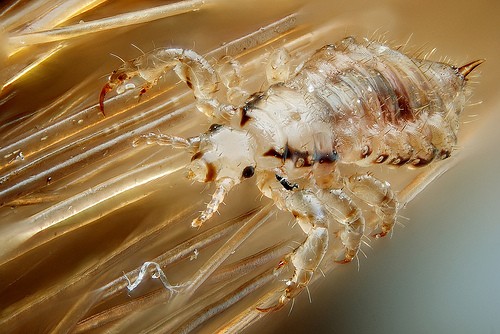Persistant Head Lice Pose Threat: Study

Head lice are becoming increasingly resistant to over-the-counter treatments, according to a new study looking into the hardiness of head lice in North America.
According to a study published in the Journal of Medial Entomology, years of exposure to a single treatment option in the United States and Canada has given North American head lice more than two decades to form a genetic mutation that makes them resistant to the compound permethrin.
Permethrin, the main compound found in nearly every over-the-counter head lice treatment available, works as a paralysis for tiny insects, starving them and killing their eggs before a colony can take hold. While not a significant danger, head lice are a proven nuisance, with an estimated ten percent of all American school-aged children missing school due to the intense irritation and secondary infections that result from a head lice infestation. Lice are also easily spread, making isolation and immediate treatment of anyone infected paramount.
However, according to researchers, treatment may no longer be as easy as it was a decade ago. For their study, researchers collected lice samples from 32 urban locations across the United States and Canada. These samples were then tested for genetic markers that would indicate a genetic mutation that would make them resistant to permethrin.
Alarmingly, the researchers found that well over 88 percent of the lice found in North America carried this mutation. In the U.S. alone, the researchers theorize that the mutation began to become prevalent in nearly 100 percent of lice between 2007 and 2009. That's not exactly good news, as it indicated the lice needed under 20 years, after permethrin was introduced in the late 1990s, to become nearly entirely resistant to one of our sole "solutions" to the head lice problem.
The researchers conclude that the need for new treatments, especially in the U.S. has reached a critical level. The argue that new treatment options still pending federal approval should be rushed into the North American market as soon as possible, citing the fact the Europe and South America had already turned away from permethrin compound based treatments years ago for the very reason this study proves -- nearly every lice left living has proven too hardy for our current treatment options.
The study was published in the Journal of Medial Entomology on January 1.
Mar 16, 2014 12:25 AM EDT





